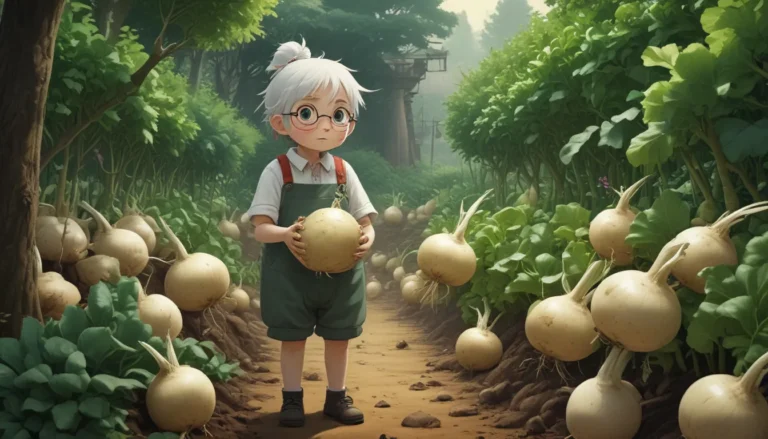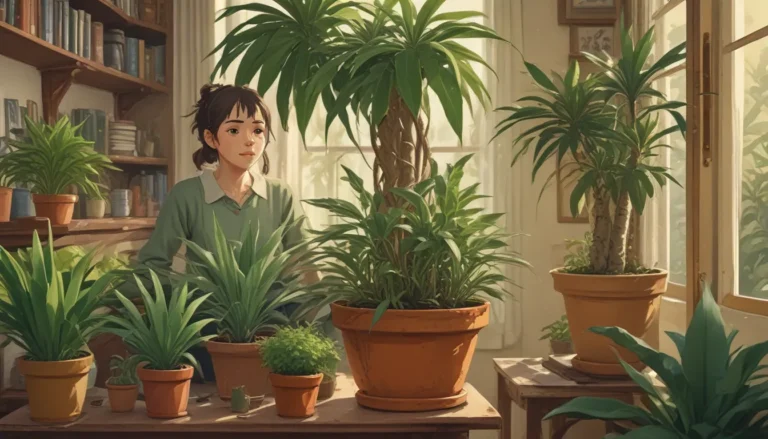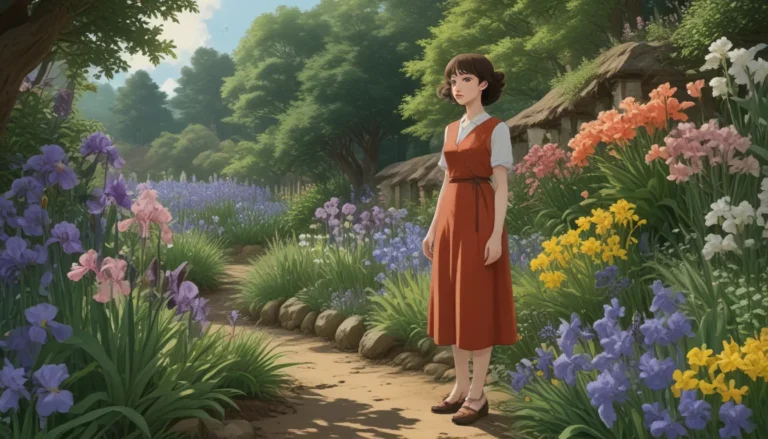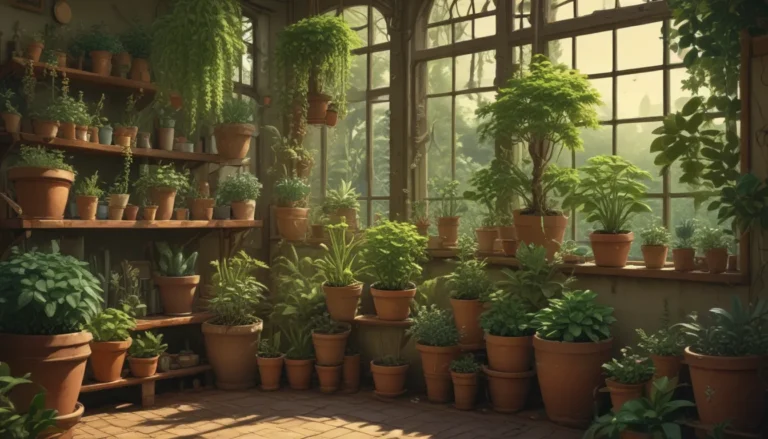The Ultimate Guide to Selecting the Best Houseplant Potting Soil and Containers

Are you ready to take your indoor gardening game to the next level? Whether you’re a seasoned plant parent or just starting your green journey, choosing the right potting soil and containers is crucial for the health and happiness of your leafy companions. In this comprehensive guide, we’ll dive deep into the world of houseplant care, focusing on two essential elements: potting soil and containers. By the end of this post, you’ll be equipped with the knowledge to make informed decisions and create the perfect home for your plants.
Understanding the Importance of Potting Soil
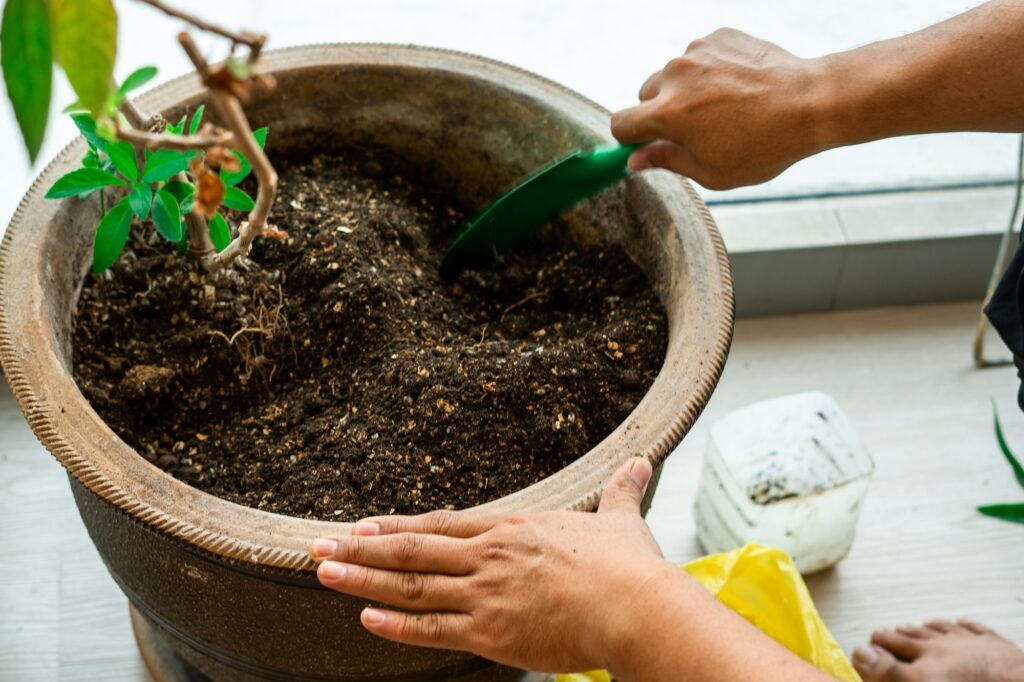
Let’s start with the foundation of any thriving houseplant: the soil. Potting soil is more than just dirt; it’s a carefully crafted mix designed to provide your plants with the ideal growing environment. But why is it so important?
The Role of Potting Soil
Potting soil serves several crucial functions:
- Nutrient supply: It provides essential nutrients that plants need to grow and thrive.
- Water retention: Good potting soil holds moisture without becoming waterlogged.
- Aeration: It allows roots to breathe by providing spaces for air circulation.
- Structural support: Potting soil anchors the plant and supports its root system.
Understanding these functions will help you make better choices when selecting soil for your houseplants.
Components of Quality Potting Soil
High-quality potting soil typically contains a mix of:
- Organic matter: Such as peat moss, coconut coir, or compost
- Inorganic materials: Like perlite or vermiculite for improved drainage and aeration
- Sand: To enhance drainage in some mixes
- Fertilizers: To provide initial nutrients for plant growth
The specific ratio of these components can vary depending on the type of plants you’re growing and their individual needs.
Choosing the Right Potting Soil for Your Houseplants
Not all potting soils are created equal, and different plants have different requirements. Let’s explore how to select the best soil for various types of houseplants.
General Purpose Potting Soil
For most common houseplants, a high-quality general purpose potting soil will do the trick. Look for a mix that:
- Is light and fluffy
- Drains well but retains some moisture
- Contains a balanced blend of organic and inorganic materials
Pro tip: Squeeze a handful of the soil. If it compacts easily and doesn’t break apart when you open your hand, it might be too dense for optimal root growth.
Specialized Potting Mixes
Some plants require specialized soil mixes to thrive:
- Succulents and Cacti: These plants need a fast-draining mix with added grit or sand. Look for “cactus and succulent” potting mixes or create your own by adding coarse sand or perlite to regular potting soil.
- Orchids: Orchids prefer a very loose, bark-based mix that allows for excellent air circulation around the roots. Specialized orchid mixes are available and typically contain bark, perlite, and sometimes sphagnum moss.
- African Violets: These delicate beauties benefit from a light, well-draining mix that’s slightly acidic. African violet potting mixes are specially formulated to meet these needs.
- Carnivorous Plants: Plants like Venus flytraps and pitcher plants require nutrient-poor, acidic soil. A mix of sphagnum moss and sand is often recommended.
DIY Potting Soil
For the adventurous gardener, creating your own potting mix can be a rewarding experience. Here’s a basic recipe you can customize:
- 1 part peat moss or coconut coir
- 1 part perlite or vermiculite
- 1 part compost or well-aged bark
Adjust the ratios based on your plants’ needs. For example, add more perlite for plants that prefer drier conditions, or increase the organic matter for heavy feeders.
Containers: The Home Your Plants Deserve
Now that we’ve covered soil, let’s talk about the vessels that will hold your plants and their carefully chosen growing medium.
Types of Containers
There’s a wide variety of containers available, each with its own pros and cons:
- Terracotta pots: These classic clay pots are porous, allowing for good air circulation and preventing water retention. They’re ideal for plants that prefer drier conditions but can dry out quickly in hot environments.
- Plastic pots: Lightweight and inexpensive, plastic pots retain moisture well. They’re great for plants that like consistently moist soil but may not provide enough air circulation for some species.
- Ceramic pots: These decorative pots come in various colors and styles. They’re less porous than terracotta but more so than plastic. Be sure to choose ones with drainage holes.
- Self-watering containers: These innovative pots have a water reservoir that supplies moisture to the plant as needed. They’re excellent for forgetful waterers but can lead to overwatering if not used correctly.
- Hanging baskets: Perfect for trailing plants or when floor space is limited. Ensure they have proper drainage and are securely hung.
- Wood containers: These can add a natural, rustic look to your space. Be sure to use untreated wood and line the container to prevent rot.
Choosing the Right Size Container
Selecting the correct size container is crucial for plant health. Here are some guidelines:
- For new plants: Choose a pot that’s 1-2 inches larger in diameter than the current container.
- For repotting: Go up 2-4 inches in diameter, depending on the plant’s growth rate and size.
- Avoid oversizing: A pot that’s too large can lead to overwatering and root rot.
Remember: It’s better to err on the side of slightly too small rather than too large.
The Importance of Drainage
No matter what type of container you choose, adequate drainage is crucial. Here’s why:
- Prevents water from pooling at the bottom of the pot
- Allows excess water to escape, reducing the risk of root rot
- Promotes healthy root growth by preventing soil compaction
Always choose pots with drainage holes. If you fall in love with a decorative pot without holes, use it as a cache pot (a decorative outer pot) and place a well-draining pot inside it.
Pairing Soil and Containers for Optimal Plant Health
Now that we’ve covered both soil and containers, let’s discuss how to pair them effectively for the best results.
Matching Soil to Container Type
Different containers interact with soil moisture differently:
- Terracotta and unglazed ceramic: Use a moisture-retentive soil mix, as these pots tend to dry out quickly.
- Plastic and glazed ceramic: Opt for a well-draining mix to prevent waterlogging.
- Self-watering containers: Use a mix with good wicking properties, often containing more organic matter.
Layering for Success
Proper layering in your container can make a big difference:
- Start with a layer of coarse material like pebbles or broken pottery shards at the bottom for improved drainage.
- Add your chosen potting mix, filling about 1/3 of the pot.
- Place your plant and fill around it with more soil, leaving about an inch of space at the top for watering.
Soil Amendments for Container Gardening
Consider adding these amendments to your potting mix for enhanced plant health:
- Perlite or pumice: Improves drainage and aeration
- Activated charcoal: Helps purify the soil and prevent odors
- Worm castings: Provides slow-release nutrients and improves soil structure
- Mycorrhizal fungi: Enhances root health and nutrient uptake
Maintaining Your Potting Soil and Containers
Your job isn’t done once you’ve potted your plants. Proper maintenance is key to long-term plant health.
Watering Practices
Proper watering is crucial and depends on your soil and container choice:
- Check soil moisture: Before watering, stick your finger about an inch into the soil. If it feels dry, it’s time to water.
- Water thoroughly: When you do water, do so until you see water coming out of the drainage holes.
- Adjust for seasons: Plants generally need less water in winter and more in summer.
Fertilizing Container Plants
Potting soil eventually loses its nutrients, so regular fertilization is important:
- Use a balanced, water-soluble fertilizer during the growing season.
- Follow package instructions for dilution and frequency.
- Reduce or stop fertilizing during the plant’s dormant period, usually in winter.
When to Repot
Over time, plants outgrow their containers or deplete their soil. Signs it’s time to repot include:
- Roots growing out of drainage holes
- Water running straight through the pot without being absorbed
- Plant showing signs of stress or stunted growth
Generally, most houseplants benefit from repotting every 12-18 months.
Troubleshooting Common Soil and Container Issues
Even with the best care, problems can arise. Here are some common issues and how to address them:
Overwatering
Symptoms: Yellowing leaves, mushy stems, mold on soil surface
Solution: Improve drainage, reduce watering frequency, and consider repotting in fresh, well-draining soil.
Underwatering
Symptoms: Crispy, brown leaf edges, drooping plants
Solution: Increase watering frequency and consider adding water-retentive amendments to your soil mix.
Nutrient Deficiencies
Symptoms: Yellowing leaves, stunted growth, leaf discoloration
Solution: Implement a regular fertilization schedule or repot with fresh, nutrient-rich soil.
Pest Infestations
Symptoms: Visible insects, webbing, stippled or damaged leaves
Solution: Isolate affected plants, treat with appropriate pest control methods, and consider repotting in fresh soil if the infestation is severe.
Eco-Friendly and Sustainable Choices
As plant lovers, it’s important to consider the environmental impact of our hobby. Here are some eco-friendly tips:
- Choose sustainable soil components: Opt for coconut coir instead of peat moss, which is a non-renewable resource.
- Reuse and recycle containers: Clean and sterilize old pots for reuse, or choose biodegradable options for temporary plantings.
- Make your own compost: Create nutrient-rich organic matter for your potting mix from kitchen scraps and yard waste.
- Use natural pest control methods: Opt for neem oil, insecticidal soaps, or beneficial insects instead of harsh chemical pesticides.
Conclusion: Creating the Perfect Home for Your Houseplants
Selecting the right potting soil and containers for your houseplants is a crucial step in ensuring their health and longevity. By understanding the needs of your specific plants and how different soils and containers interact, you can create the perfect growing environment for your green friends.
Remember, gardening is both an art and a science. Don’t be afraid to experiment and adjust your approach based on your plants’ responses. With time and attention, you’ll develop a keen sense of what works best for your unique indoor garden.
Now that you’re armed with this knowledge, it’s time to get your hands dirty! Head to your local garden center or start planning your DIY potting mix. Your houseplants will thank you with lush growth and vibrant health.
Happy planting!
